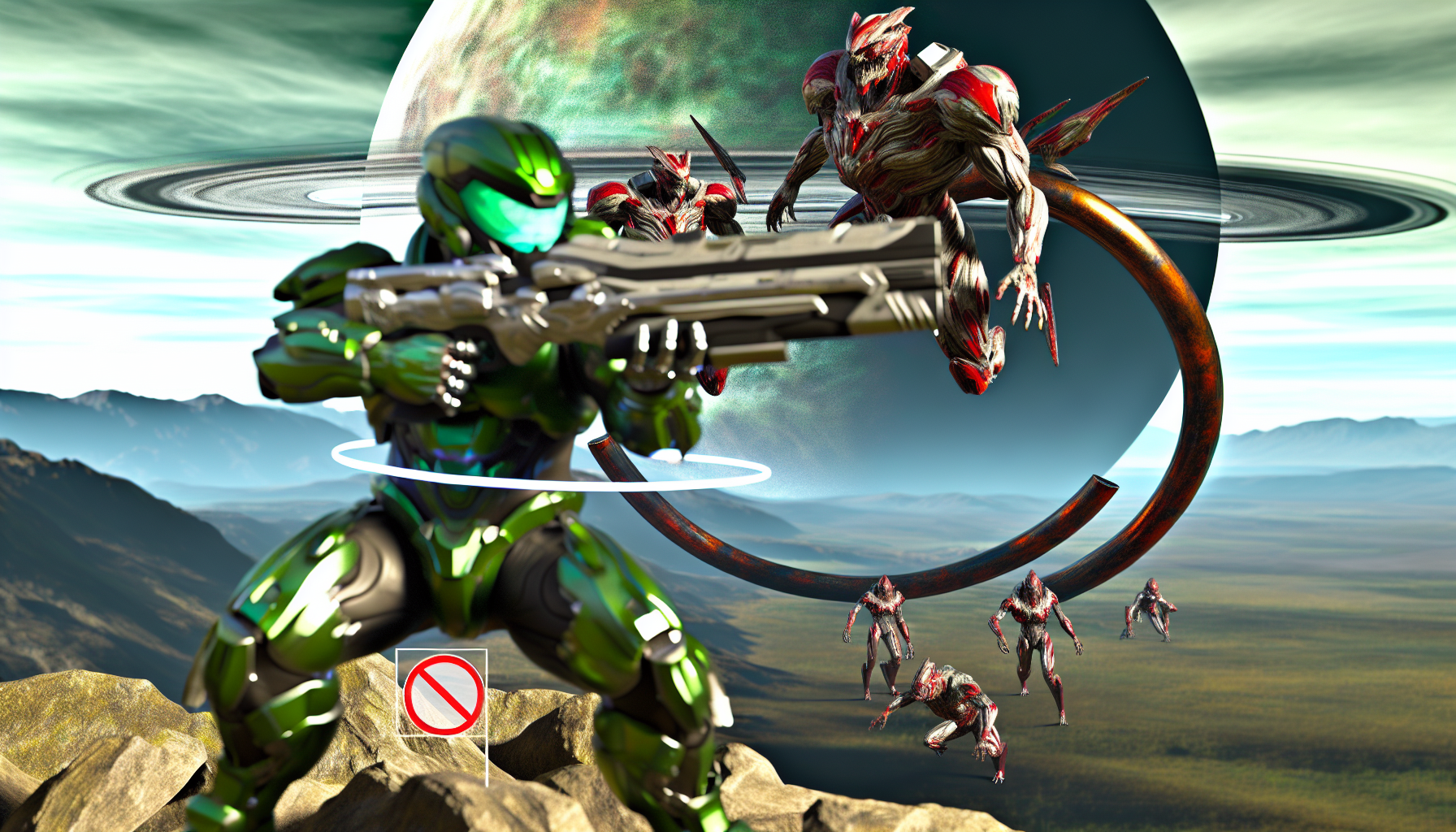Beyond the Cliffhanger: Creative Ways to Split Your Fiction
Ending a chapter is more than just slamming the door on your reader; it’s an art of controlled anticipation. While cliffhangers have their place, relying on them exclusively can feel predictable and even manipulative. This article explores creative alternatives for splitting your fiction, focusing on techniques that build suspense, maintain reader engagement, and ultimately enhance the overall narrative experience. We’ll move beyond the tired trope of the last-minute rescue or dramatic reveal, venturing into strategies that provide satisfying pauses while propelling the story forward with renewed vigor. Whether you’re crafting a novel, a short story, or even a screenplay, these methods can help you master the art of the chapter break, transforming them from mere interruptions into powerful narrative tools.
The Shift in Perspective
One highly effective method is to shift the narrative perspective at the end of a chapter. Imagine concluding a chapter focused on the protagonist’s internal struggle, only to abruptly begin the next from the antagonist’s viewpoint, revealing their hidden plans or motivations. This sudden change not only surprises the reader but also provides a fresh lens through which to view the unfolding events. It allows you to explore the story from multiple angles, enriching the narrative and deepening character development. This technique works exceptionally well in multi-POV novels, offering a compelling reason to transition between characters and their individual journeys.
The Mysterious Interlude
Consider injecting a short, enigmatic interlude between chapters. This could be a cryptic poem, a historical excerpt relevant to the story’s setting, a seemingly unrelated anecdote, or even a visual element if your work is presented digitally. These interludes serve as intriguing pauses, offering a moment of reflection for the reader and planting seeds of suspense that will blossom in the following chapters. The key is to create a sense of mystery and connection to the main narrative, hinting at underlying themes or foreshadowing future events without explicitly revealing too much.
The Unexpected Revelation
Instead of a cliffhanger, consider ending a chapter with a small, unexpected revelation. This could be a subtle detail that alters the reader’s understanding of a character, a previously overlooked clue, or a seemingly insignificant event that takes on greater significance later. This approach avoids the dramatic tension of a cliffhanger but still leaves the reader pondering the implications. It encourages active participation, prompting them to revisit previous chapters and piece together the puzzle, making the reading experience more interactive and engaging.
The Change in Setting or Time
A significant change in setting or time can also be a powerful way to split your fiction. For example, ending a chapter in a bustling city street and then opening the next in a remote, desolate landscape creates an immediate sense of contrast and heightened anticipation. This abrupt shift creates a natural break while still maintaining narrative momentum. It allows you to play with atmosphere and tone, creating a dramatic change of pace and keeping the reader guessing about the direction the story will take next. A similar effect can be achieved through a time jump, moving weeks, months, or even years into the future, allowing you to introduce new conflicts and complications.
| Technique | Effect | Example |
|---|---|---|
| Shift in Perspective | Surprising, provides multiple viewpoints | Switching from protagonist to antagonist’s POV |
| Mysterious Interlude | Creates intrigue and foreshadowing | A cryptic poem hinting at future events |
| Unexpected Revelation | Encourages active reading and reflection | A minor detail that later becomes crucial |
| Change in Setting/Time | Creates contrast and anticipation | Shifting from city to wilderness, or a time jump |
Conclusion
Ultimately, the most effective way to split your fiction depends on the specific story and your desired impact on the reader. Moving beyond the cliché cliffhanger opens up a world of creative possibilities. By strategically employing techniques such as perspective shifts, mysterious interludes, unexpected revelations, and changes in setting or time, you can craft chapter breaks that are not just pauses but essential components of your narrative architecture. These methods build suspense without resorting to manipulative tactics, keeping readers engaged and eagerly anticipating what comes next. The key is to experiment, to find what works best for your unique voice and narrative style, resulting in a more compelling and memorable reading experience for your audience. Remember, the chapter break is not an interruption, but an opportunity to enhance the overall impact and artistry of your work.
Image by: Andrew Neel
https://www.pexels.com/@andrew


